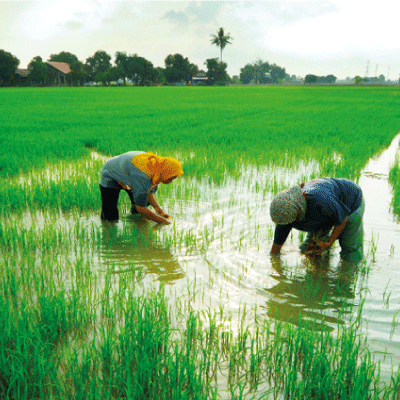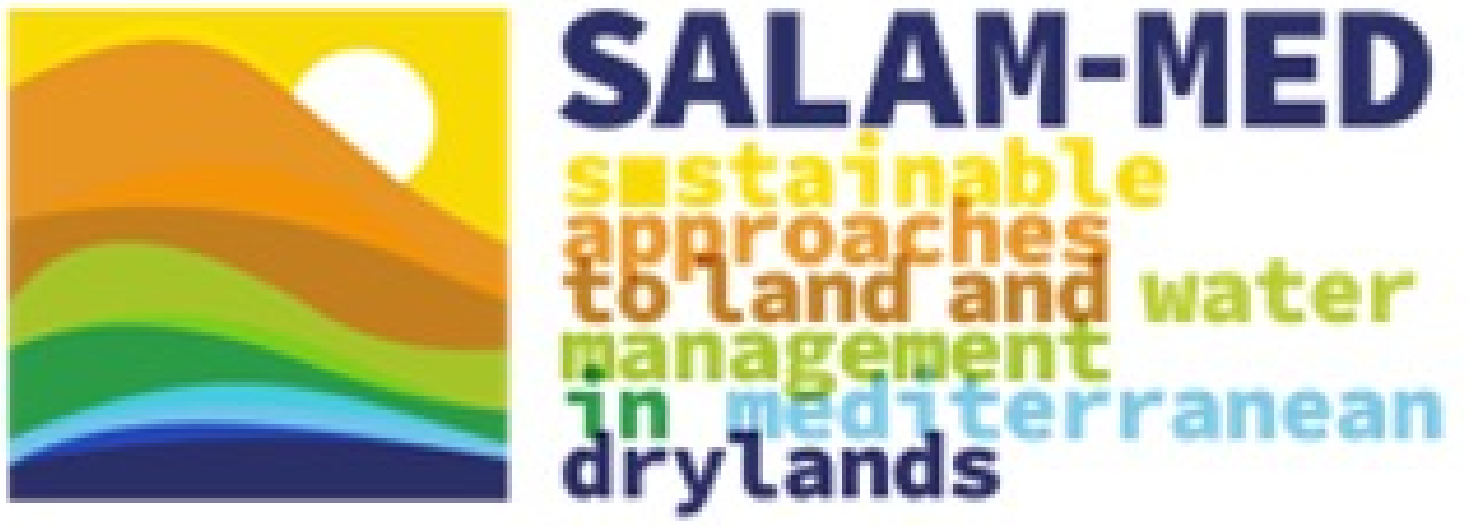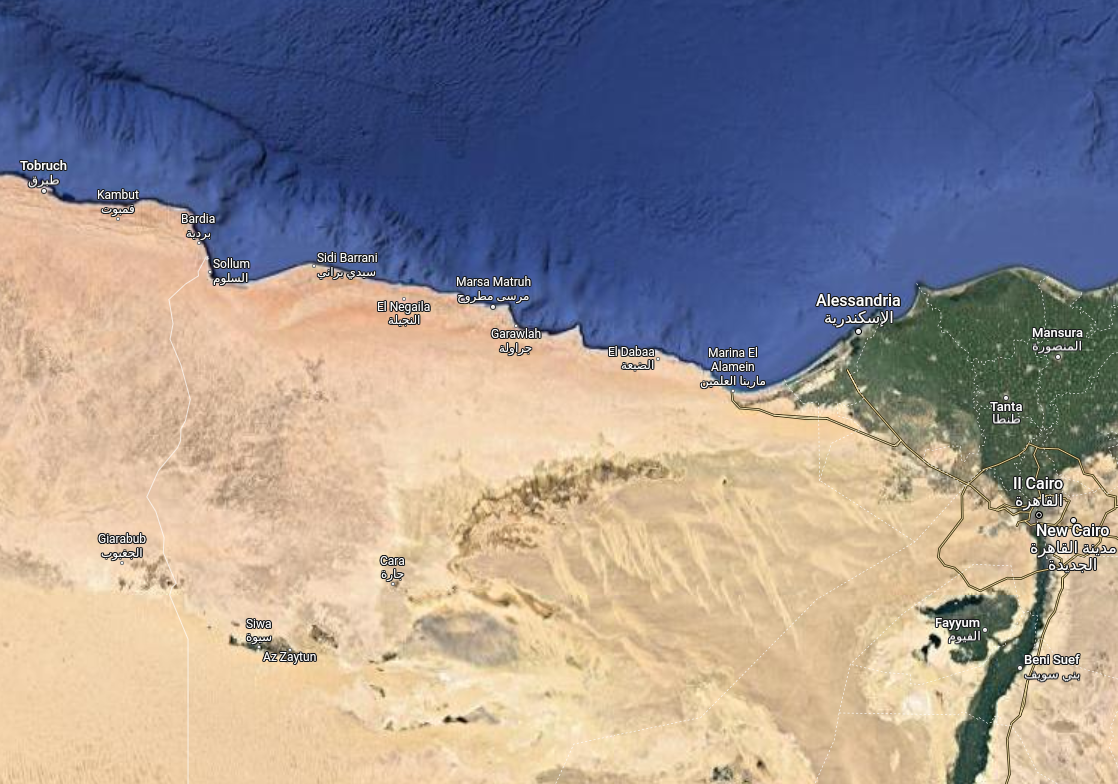Egypt
Matrouh’s economy is largely dependent on rain-fed agriculture, with 70% of local population relying on agriculture as their main source of livelihood. Water harvesting, microbial consortia and smartAg technologies will be tested and validated in the hyperarid desert agriculture of the wadis in Matrouh.
Technologies and Practical solutions developed here
Leveled terraces for water harvesting
Leader

Desert Research Center
Profile
Altitude: 26 m a.s.l.
Coordinates: 31°20′N 27°13′E
Size: 200 km² scalable to ≈3000 km²
Mean annual temp: 19.6 °C
Mean annual prec: 100 -150 mm
Mean annual ETo: 2500 mm
Aridity index: 0.045
Local population: Bedouin,500.000
Main land uses, crops and animals:
agriculture is less than 7% (wheat,
barley, figs and olives); cattle (camels,
sheep, goats)
Coordinates: 31°20′N 27°13′E
Size: 200 km² scalable to ≈3000 km²
Mean annual temp: 19.6 °C
Mean annual prec: 100 -150 mm
Mean annual ETo: 2500 mm
Aridity index: 0.045
Local population: Bedouin,500.000
Main land uses, crops and animals:
agriculture is less than 7% (wheat,
barley, figs and olives); cattle (camels,
sheep, goats)
Technologies and Practical solutions developed in this Living Lab
SALAM-MED will test and validate a set of practical solutions in the desert agriculture of the Matrouh LL, representative of the hyper-arid (AI<0.05) zones in NENA countries (Serraj & Boerger, 2020), where population will double by 2050 and arable land is only 6.8%.
Click on the cards below to learn more about the individual technologies tested in the living lab.

Leveled terraces for water harvesting
References
to be updated

